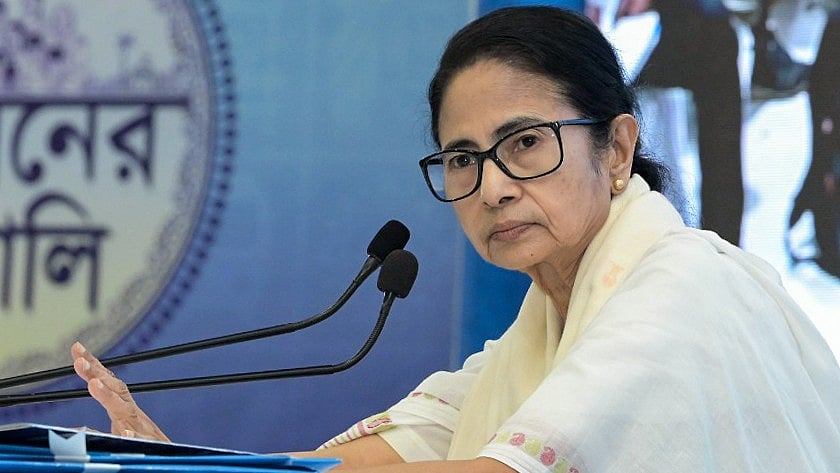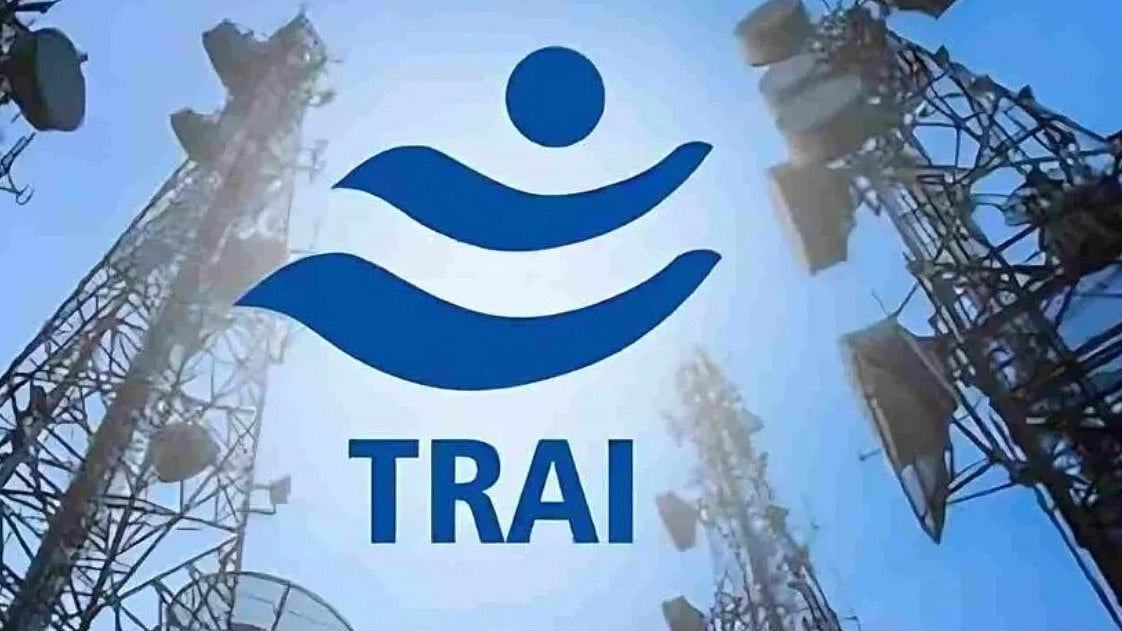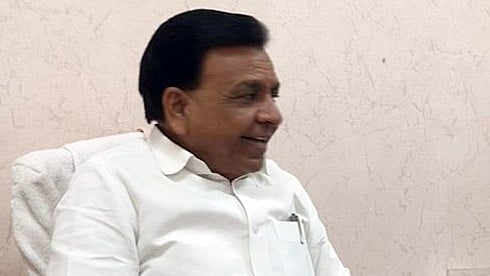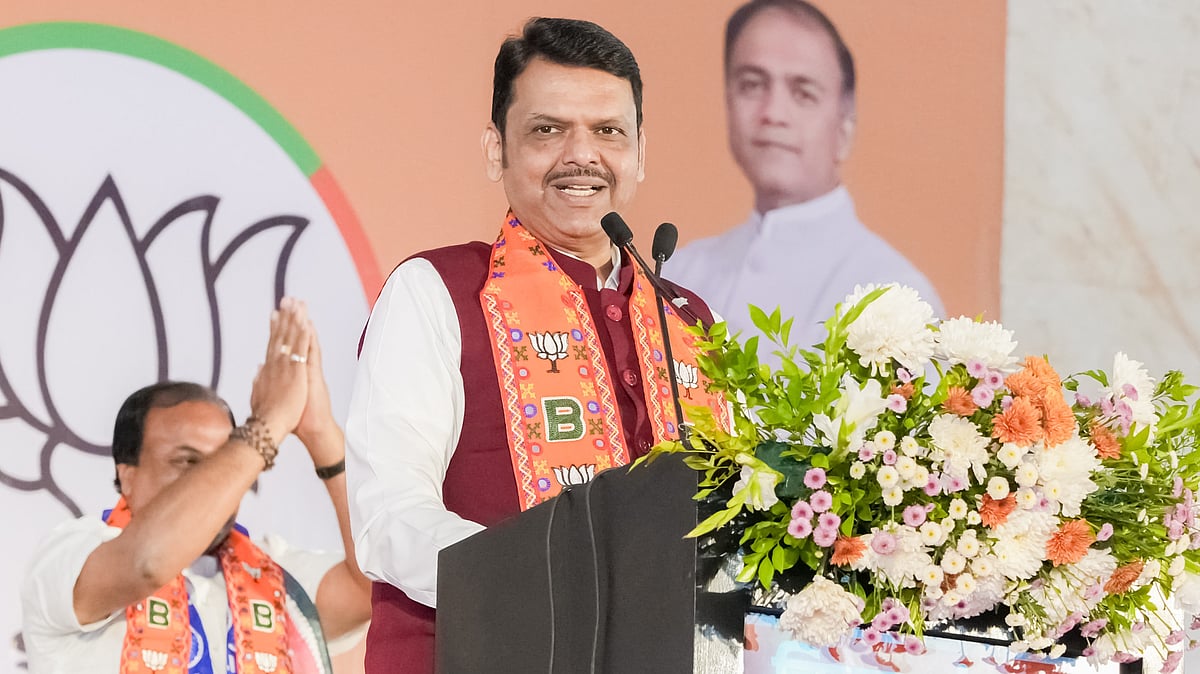Driving from Delhi to Greater Noida which falls under Gautam Buddha Nagar constituency, the most striking aspect of the developmental thrust that has taken place during the last decade has been the construction of an indeterminate number of multi-storeyed apartments and shopping plazas. Little space has been set aside by our city planners for industrial activity be it the setting up of manufacturing units (MSMES) or other business activities.
Greater Noida has been carved by incorporating 423 villages from the districts of Ghaziabad and Bulandshahr districts. Most of our cities have grown by amalgamating existing villages that have provided the agricultural framework for our country. The key question villagers whose land has been swallowed up in the Greater Noida landscape ask is what provision has the state government made to provide jobs for the villagers many of whom have `forcibly’ been made to sell their land to real estate developers.
The truth is that the government, whether at the state or central level, has made little attempt to absorb these semi-urban clusters into the overall master plan for our cities. It is left to the local gram panchayats or MLAs to come up with ad hoc solutions such as providing roads, proper water and drainage as also educational and health facilities. There is little development activity on the ground and this becomes stark clear as one travels across Buddha Nagar, Ghaziabad, Meerut, Muzaffarnagar and Saharanpur or in the neighbouring state of Haryana. Across this vast swathe of north India, the key concerns of the young people living in these semi-urban village clusters is the desperate need to find employment.
“We need jobs,” is the refrain heard from young men and women many of whom are graduates or else have studied to get a BSc or a BCom degree. Frustration is written large across their faces and across their family members where parents confess to having in some cases even sold their land so as to ensure their son receives higher education in order that he ends up getting a white-collar job.
That seems a far- fetched dream. Stopping at Sitapur village in Greater Noida, an 18-year old boy selling cucumbers on a roadside thela admits to having studied up to class twelve but is doing this work in order to earn some money. “I hope to earn three to four hundred rupees a day but since I have just started this work, I have to see how things turn out,” said young Suraj. He would not mind studying more but only if he is assured he will get a job after his graduation.
“Most boys of my age are looking for work. Some of them have started selling vegetables like me,” he said.
What kind of jobs would young people want? The question is addressed to Pervez Ahmed who has started a metal fabricating unit and works hands on alongside his younger brother Faraz. “Since no government jobs are available, most of us have no choice but to set up some kind of self- employment unit,” he replies.
In the neighbouring village of Bisara 45 kilometres from New Delhi where Mohammed Akhlaq was lynched to death a decade ago, the young people admit to a sense of hopelessness. With few jobs available, many admit to being forced to move out of their homes to Ghaziabad and Delhi in search of employment.
Sixty-year old Mayank pointed out, “Farm holdings are now down to two to three bighas. Many of us kept buffaloes in order to earn a living out of selling milk. But that too is decreasing because a large number of our buffaloes have died being hit by a number of diseases. We have a government veterinary hospital in our neighbourhood but the doctor is never present. What is the younger generation going to do except move away from here.”
The villagers claim that the lynching of Mohammed Akhlaq was done by some outsiders. “We never faced a communal problem before this incident or after it,” said 60-year-old Roopvati whose son is in the milk business but whose business has slumped having recently lost four out of their nine buffaloes.
Pessimism is written large on the face of 25-year old Neeraj Choudhary who considers himself lucky to have found a job as a shop assistant in Sahibabad earning a salary of Rs 10,000 per month. His older brother runs a small chai ka dhaba on the main national highway from Shahdara to Ghaziabad.
Unemployment has surged among young people from 35.2% in 2000 to 65.7% in 2022 according to the recently released ILO and Institute of Human Development Report 2024 which has warned that 80% of India’s unemployed workforces comprises young people who have completed their higher secondary education.
A pre-poll survey by the Centre of Developing Societies also points out how 62% of respondents across towns, cities and villages have complained about how finding a job has become increasingly challenging. Only 12% of respondents claimed that job opportunities had increased in the last decade.
Most of the youth I interviewed across the cities of western Uttar Pradesh have little hope of finding regular employment. They believe they will end up in the informal workforce or else be forced to take up some form of “self-employment” such as starting neighbourhood kirana shops or informal eateries.
The ILO report confirms that the highest unemployment rates are to be found among men and women who have got graduate degrees. In 2022, women not engaged in employment number almost five times their male counterparts.
Frustrated at not being able to find the right kind of job, millions of Indians, particularly women, are exiting the labour force entirely, according to new data from the Centre for Monitoring Indian Economy, a private research firm in Mumbai.
Economists believe this increase in unemployment can be attributed largely to the government’s objective of promoting the private organised sector which has received 80% of all investment from the central government. Contrast his with agriculture which employs 46% of the Indian population but receives just 5% of the nation’s investment.
This has created a situation where young people are struggling to appear for exam after exam and still not finding work. For these young people, the situation has worsened in the last five years which saw 1.4 crore young people applying for jobs across 15 states only to see them cancelled at the last minute because of paper leaks. This has only added to their sense of frustration forcing many to take to drugs and drinking.
The problem is that during the last four years, thanks to the severe and hastily-imposed lockdown, over 60 million people have moved back to agriculture. Unfortunately, Indian agriculture has moved steadily towards mechanisation and is in no position to absorb this workforce.
Data from the National Sample Survey Office for 2017-18 has reinforced the fears of the youth because the NSSO data highlights how in the last 45 years unemployment today are at an all-time high, having risen from 2.2% in 2012 to 6.1%.
No wonder poverty levels have also risen exponentially. The World Bank in its report of September 2022 said that individuals living in poverty had risen by 70 million — of which 56 million came from India alone. Many economists including the highly acclaimed Dr Santosh Mehrotra have gone public to state that were it not for MNREGA and free rations, there would have been food riots across India.
Statistics offer no consolation for the unemployed. Economic course correction is the need of the hour but this is very doubtful since the control of five top corporate houses over different industries has left the government little room for manoeuvrability.
Twenty-six year old Khilaf Singh, a farmer with three children owning four bighas of land in Saharanpur, sums up the present mood when he says, “I earn Rs 400 per day but have to feed five members every day. I do mazdoori but on the days when I have no work, my children and I go to sleep hungry.”
Rashme Sehgal is an author and an independent journalist












